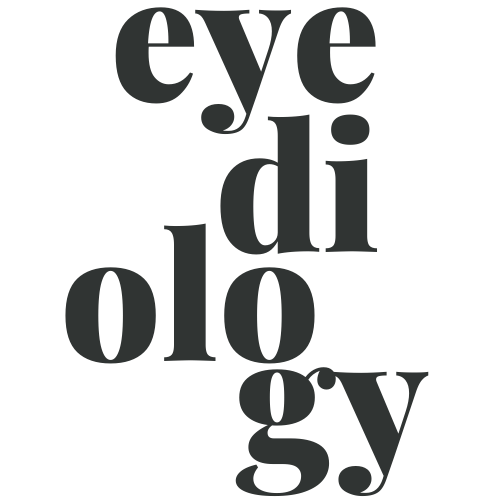The History of Glasses
A concise history of spectacles
One of the first recorded pair of glasses were made in 1284 by Salvino D’Armate in Italy. The lenses were made of glass or a crystal like stone with a handle to hold them up to your eyes (scissor glasses frame and later lorgnette glasses). The frames and handle were often made of metal and the lenses corrected both hyperopia (farsightedness) and presbyopia. During this time between 1284 and the 1400’s, Mecca, Venice and Italy established a guild for crystal workers and standards for eyeglass lenses. This meant that by the end of the 14th century, eyeglasses were being sent all over Europe.
Nicholas of Cusa is credited with discovering how to correct myopia (nearsightedness) with concave lenses. This meant that by the 1400’s Italy was making lenses in different strengths for myopia, hyperopia and presbyopia. By the 15th century there were peddlers selling eyeglasses through out Europe and had became a sign of wealth and intelligence. By the 1600’s glasses were being made with ribbons attached or strings so they could go over the ears. The notion of wearing glasses for extended periods led the to the invention of weights being added by the Chinese, instead of a loop being used. Which then led to an optician in London named Edward Scarlett to make rigid temples to go over the ears in 1730. Finally, by 1752 James Ayscough created a doubled hinged ear piece and added green and blue tint to the lenses to reduce glare.
By the late 1700’s eyeglasses were also being worn in the United States and Benjamin Franklin created bifocal lenses in 1784, using to separate lens segments held in the rimmed frame, these correcting for both myopia and presbyopia. With this and other inventions, the first optical store was opened in 1799 by John McAllister, Scotsman, in Philadelphia in the United States. During this time McAllister would import eyeglasses, but by 1815 he was making his own lenses.
Glasses being worn as fashion pieces was becoming very popular by the 1800’s and the first monocle, the eye ring, was made in England. These were popular with the upper classes through out the entirity of the 1800’s. Finally during this time a British astronomer, George Airy, created the first lens that was used to correct astigmatism in 1825. John McAllister, was then the first to distribute these lenses in the United States three years later, importing cylindrical lenses to make glasses to correct astigmatism. These inventions led to a boom in optical outlets, with over 300 stores opening in the United States between the 1820s and 1830’s.
At the beginning of the 1900’s, Dr. John Borsch Jr. created the first fused bifocal lenses, that were lighter and more attractive than the current two lens bifocals that were available. The 1900’s also saw improvements in the materials that glasses frames were made of. Plastics and metals were getting lighter and more stylish than before. Eyeglasses were becoming a popular fashion accessory and not just a functional item to be worn. Both Europe and the United States saw these changes occur during this time with eyeglasses and designers began improving not just the look, but also the comfort of eyeglasses.
Through the 1900’s materials used were no longer just base metals, but titanium and high grade steel, that were lighter and more durable. The material to makes lenses improved also, creating lenses that are very thin, even with strong prescriptions, as well as scratch and glare resistant too. The advancements seen have continued and new technology is always being applied to create better frames and lenses.
Spectacles are currently made in thousands upon thousands of styles and designs. From the trendy or sophisticated look to the sporty or casual design. Frames are available in a variety of patterns, colors and sizes, all depending on the wearers desires. Although, surgery and contact lenses are available, glasses still remain one of the most popular forms of vision correction, because they are not just for function, but can accessorise your personality.




